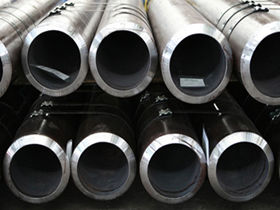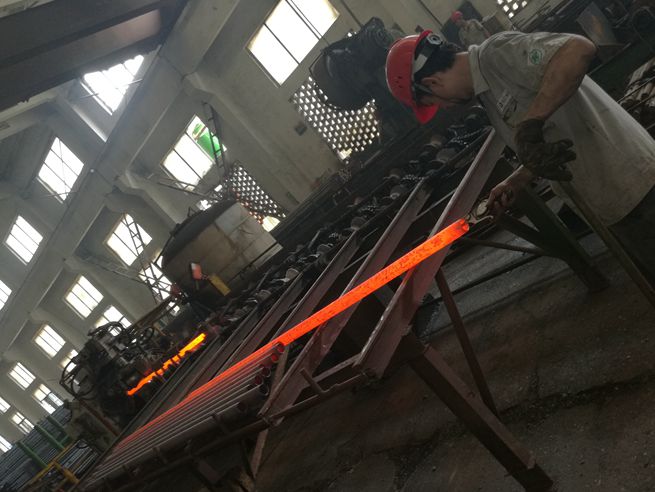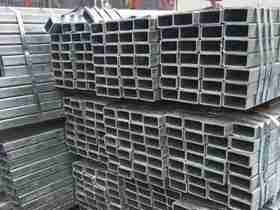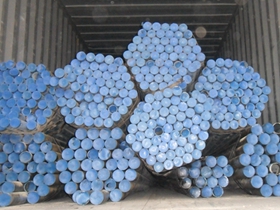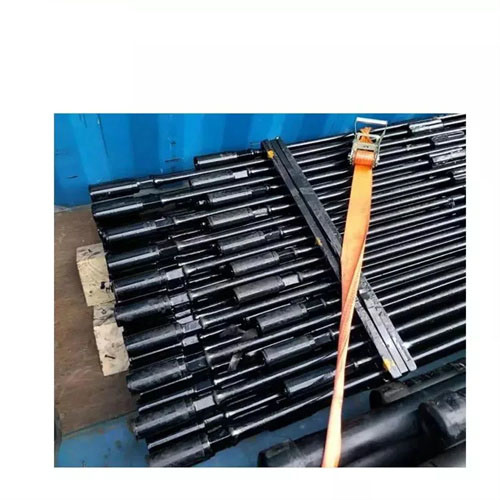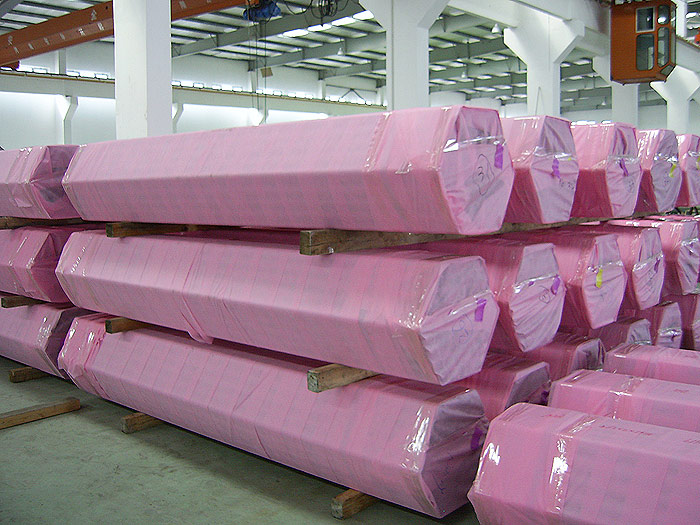Advantages of Using ASTM A312 Stainless steel Welded Pipes in Various Industries
Stainless steel is a versatile Material that is widely used in various industries due to its durability, Corrosion resistance, and aesthetic appeal. When it comes to choosing the right type of stainless steel Pipe for your project, ASTM A312 stainless steel welded pipes are a popular choice for many reasons.
One of the main advantages of using ASTM A312 stainless steel welded pipes is their high strength and durability. These pipes are made from high-quality stainless steel materials such as 201, 304, 304L, 316, and 316L, which are known for their excellent Mechanical properties. This makes them ideal for applications that require high pressure or temperature resistance, such as in the Oil and gas, chemical, and petrochemical industries.
In addition to their strength, ASTM A312 stainless steel welded pipes are also highly corrosion resistant. Stainless steel is inherently resistant to corrosion, making it an ideal material for pipes that will be exposed to harsh environments or corrosive substances. This corrosion resistance helps to extend the lifespan of the pipes and reduces the need for frequent maintenance or replacement, saving time and money in the long run.
Another advantage of using ASTM A312 stainless steel welded pipes is their versatility. These pipes can be easily customized to meet specific project requirements, such as size, shape, and thickness. This flexibility makes them suitable for a wide range of applications, from simple plumbing systems to complex industrial processes. Additionally, ASTM A312 stainless steel welded pipes can be easily welded, allowing for Seamless connections and a leak-free system.
Furthermore, ASTM A312 stainless steel welded pipes are cost-effective compared to other materials such as Carbon steel or copper. While the initial cost of stainless steel may be higher, its long-term durability and low maintenance requirements make it a more economical choice in the end. Additionally, stainless steel is a sustainable material that can be recycled and reused, further reducing its environmental impact.
When it comes to sourcing ASTM A312 stainless steel welded pipes, choosing a reputable factory with lower prices can help you save money without compromising on quality. Factory-direct pricing ensures that you are getting the best value for your investment, as there are no middlemen or markups involved. By purchasing directly from the factory, you can also benefit from faster delivery times and better customer service.
In conclusion, ASTM A312 stainless steel welded pipes offer numerous advantages for various industries, including high strength, corrosion resistance, versatility, and cost-effectiveness. By choosing these pipes for your project, you can ensure a reliable and durable piping system that will stand the test of time. With lower prices available directly from the factory, there has never been a better time to invest in ASTM A312 stainless steel welded pipes for your next project.
Key Differences Between ASTM A312 304 and 316 Stainless Steel Seamless Pipes
Stainless steel is a versatile material that is commonly used in various industries due to its corrosion resistance, durability, and aesthetic appeal. When it comes to Stainless steel pipes, ASTM A312 is the standard specification for seamless, welded, and heavily cold worked austenitic stainless steel pipes. Two of the most commonly used grades of stainless steel pipes under this specification are 304 and 316.
ASTM A312 304 stainless steel pipes are the most commonly used type of stainless steel pipes. They are known for their excellent corrosion resistance, good formability, and high strength. These pipes are often used in applications where corrosion resistance is a primary concern, such as in the food and beverage industry, chemical processing, and pharmaceuticals. ASTM A312 304 stainless steel pipes are also widely used in architectural applications due to their aesthetic appeal.
On the other hand, ASTM A312 316 stainless steel pipes are known for their superior corrosion resistance compared to 304 stainless steel pipes. This is due to the addition of molybdenum in the composition of 316 stainless steel, which enhances its resistance to pitting and crevice corrosion in chloride environments. As a result, ASTM A312 316 stainless steel pipes are commonly used in marine environments, chemical processing plants, and medical devices where exposure to harsh chemicals or saltwater is a concern.
One of the key differences between ASTM A312 304 and 316 stainless steel pipes is their chemical composition. ASTM A312 304 stainless steel pipes contain a higher percentage of chromium and nickel compared to 316 stainless steel pipes. This gives 304 stainless steel pipes good corrosion resistance and excellent formability, making them suitable for a wide range of applications. On the other hand, ASTM A312 316 stainless steel pipes contain molybdenum, which enhances their corrosion resistance in harsh environments.
Another key difference between ASTM A312 304 and 316 stainless steel pipes is their mechanical properties. ASTM A312 316 stainless steel pipes have higher Tensile strength and Yield strength compared to 304 stainless steel pipes. This makes 316 stainless steel pipes more suitable for applications where high strength is required, such as in structural components or pressure vessels.
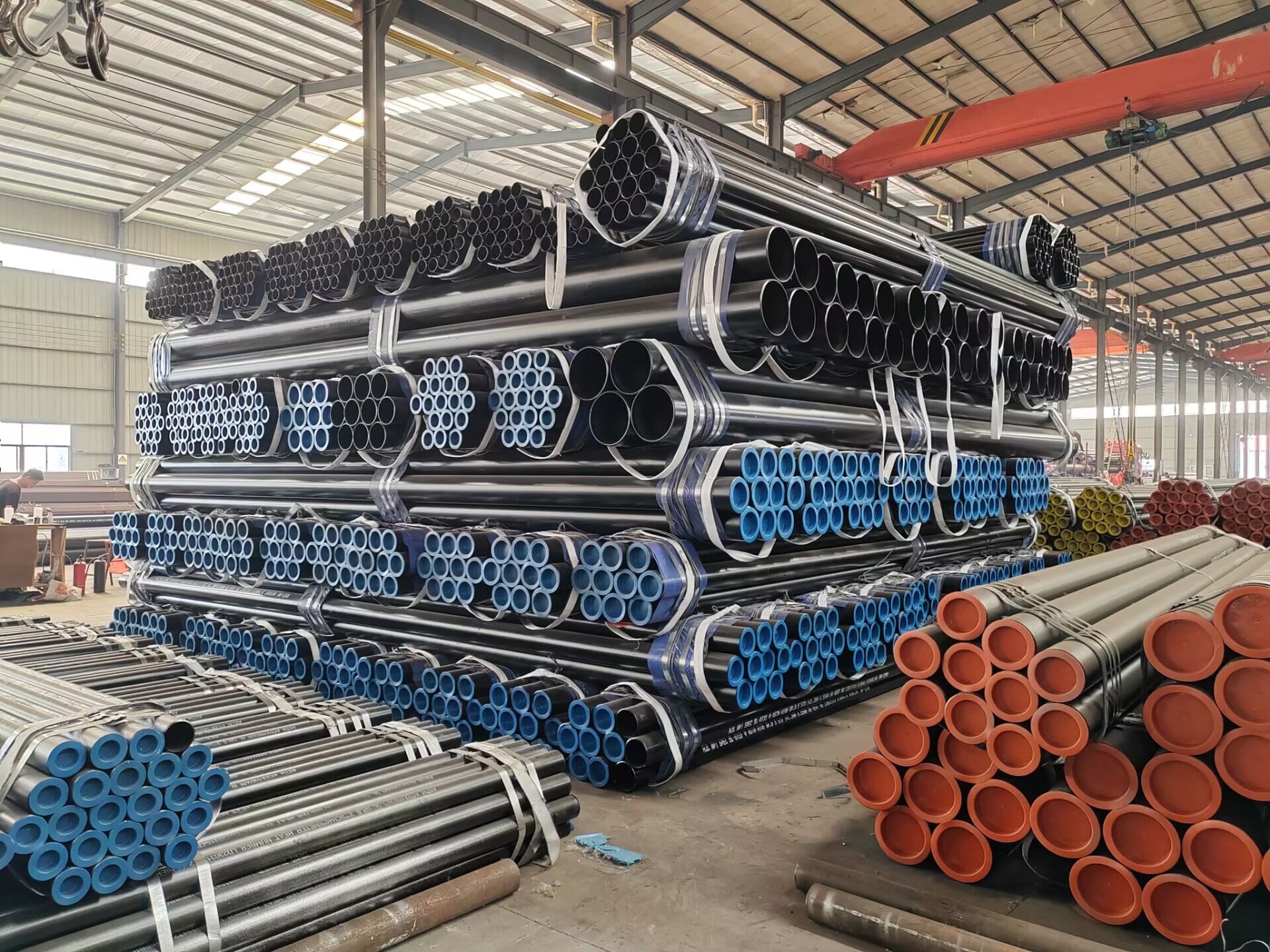
In terms of price, ASTM A312 304 stainless steel pipes are generally more affordable than 316 stainless steel pipes. This is due to the higher cost of molybdenum, which is added to 316 stainless steel to enhance its corrosion resistance. However, the price difference between 304 and 316 stainless steel pipes may vary depending on market conditions and availability.
In conclusion, ASTM A312 304 and 316 stainless steel pipes are both excellent choices for a wide range of applications due to their corrosion resistance, durability, and aesthetic appeal. The key differences between these two grades lie in their chemical composition, mechanical properties, and corrosion resistance. When selecting between ASTM A312 304 and 316 stainless steel pipes, it is important to consider the specific requirements of the application to determine which grade is the most suitable.

